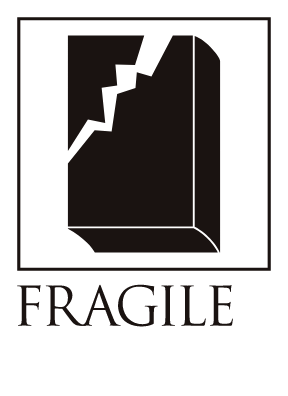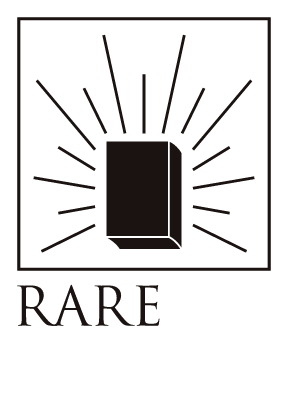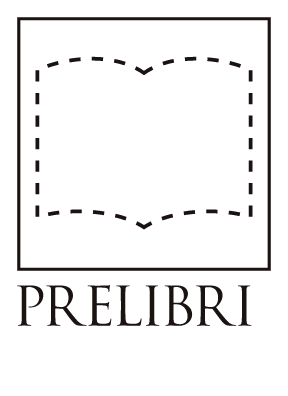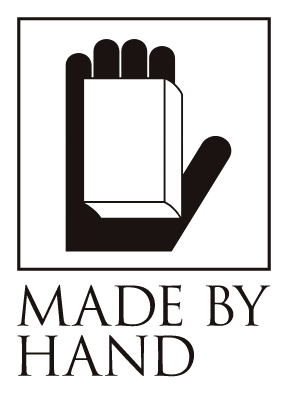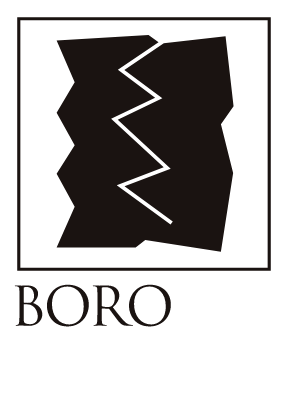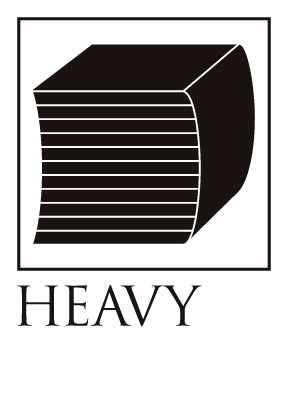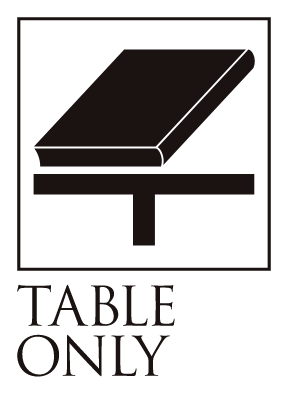Whole Earth Catalog Spring 1969
Bibliographic Details
- Title
- Whole Earth Catalog Spring 1969
- Author
- Stewart Brand / スチュアート・ブランド
- Publisher
- Portola Institute / 非営利団体ポートラ・インスティテュート
- Year
- 1969
- Size
- h370 × w275 × d10
- Weight
- 380g
- Pages
- 132 pages
- Language
- English / 英語
- Binding
- stapler saddle stitching / ホッチキス中綴じ製本
In the twentieth century "Book of Books"
The most influential publications
This might be it.
The Whole Earth Catalog, first published by Stewart Brand on the West Coast of the United States in 1968, quickly became a huge hit. The cover of each issue was a photograph of the Earth seen from space.PublishThis speaks to the teamwork of the brand, which persistently lobbied NASA.The editorial policy is also in the subtitle:Based on the concept of "access to tools," we aim to provide useful tools (wisdom andThis was the introduction of hippie communes and counterculture practitioners, design, architecture,The 1971 book "The Big Hit for Innovators in Technology"The final issue, "The Last Whole Earth Catalog," became a best-seller, selling over 1.5 million copies and winning a National Book Award.Although it has been more than 50 years since its first publication and its publication period was only three years, its influence is still being reevaluated in various circles.In 2005, Steve Jobs quoted "Stay hungry. Stay foolish." from the Whole Earth Epilog (1974) in his famous speech at Stanford University, which became a hot topic.In 2011, he was featured in the exhibition "I still remember the "Access to Tools" exhibition that was held based on the "Whole Earth Catalog."We are once again amazed at the fact that most of the "tools" that this magazine deployed were "books" and that this magazine was a "book of books."
This magazine, which was published in an era before the Internet, adopted a "catalog" style and featured "books" (reference books) on the pages of the magazine, along with DIY tools, to create alternative living environments in all sorts of areas, including natural science, architecture, art, and agriculture.The books and products featured could be purchased from the publisher using an order form included in the catalog, and communities mediated by the featured books quickly began to sprout up.
The books recommended by the editorial staff and readers ranged from practical books and instructional guides that could be used immediately in daily life to pioneering visions in architecture and design. It can be said that the Whole Earth Catalog popularized the philosophical ideas of Buckminster Fuller and Marshall McLuhan. As for Fuller, the first section of the catalog, "Understanding Whole Systems," clearly states, "Buckminster Fuller's insights initiated this catalog." Other books introduced in the Whole Earth Catalog include Darcy Thomson's The Form of Living Things and Norbert Wiener's The Man Machine, showing the depth of the book, which is not just practical books.
Text by Osamu Kushida
